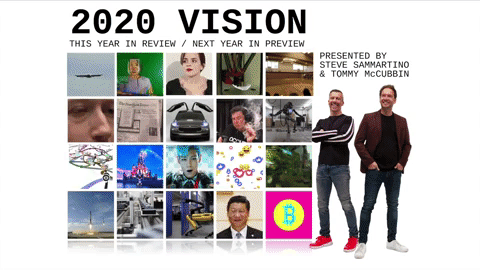
The biggest tech trend in 2020 won’t be a new widget or a shiny piece of glass. It will be one of the oldest technologies from civilised society: governance.
One of our species’ oldest and most important technologies is language itself. Our ability to write and document knowledge is what puts us on top of the food chain. Part of the documentation process is the rules, regulations and boundaries we use to govern the market place. 2020 will be the year we remember for how we ‘civilised’ the technology we all love so much.
In the past 20 years we have metaphorically discovered fire. The internet has become a tool which is so vital for mere economic participation, that no one dared asked if we should be careful about its consequences. But this fire has got a little out of control recently. While we want its heat, we need to make sure we don’t all get burned in the long run. Fire can keep our houses warm, cook our food and power a combustion engine, but it can also burn down a city if we don’t build in thoughtful safeguards.
Finally activists and governments are starting to take notice. Next year we’ll see actions which will make the GDPR look like child’s play. We can expect a number of market changing actions to commence. Things like antitrust action, algorithmic regulation, digital advertising standards, tax on data holdings, bans on data surveillance, outlawing of facial recognition and social media content standards, to name a few. Ironically, this will be a huge challenge for the disrupters themselves, as they have built entire business models around this largely unregulated territory. When it comes to tech, the ‘EPA’ is about to arrive to take a good close look at how they’ve been polluting our society with their data economy externalities.
So will there be any big tech shifts in 2020? Of course, they’ll keep coming thick and fast: digital twins, mesh architecture, hyper automation, human augmentation, bio-tech interfaces, and autonomous things. But next year, the big issue will be the management of the political, social and economic consequences of the exponential technology in businesses.
Good news:
Tommy McCubbin and I have developed a new session we call 2020 Vision.
A year in review – A year in preview.
In this session, we review 2019 and preview 2020 by looking at what happened, what it means and what’s next. Many of the insights will surprise even the most agile of technology observers. The entire thing is presented in GIFs – yep, you read that right. It’s a fun session to end the year with your team, and sew the seeds of the thinking needed to thrive in 2020. We only have 6 slots available and I expect them to be gone by Monday.
If your team is up for it, hit me back with reply email and get ready to have your mind blown.
Steve.








